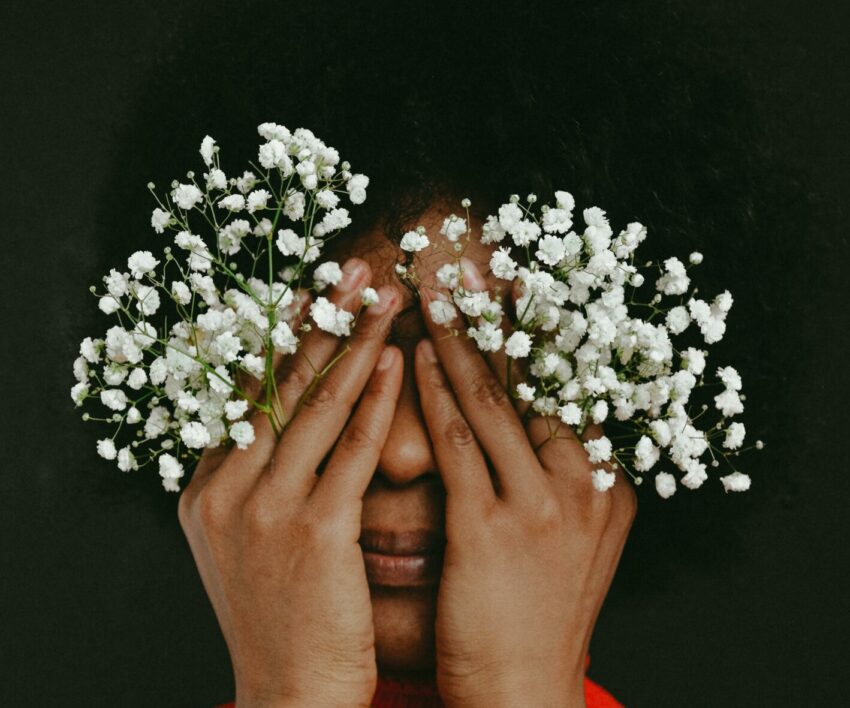
People often associate being an introvert with quietness, anti-socialism, and shyness – all of which are not entirely wrong, but while this may be somewhat true, there are many more characteristics to people who are defined as introverts.
Psychological experts explain that there are four types of introversion, meaning that there is a variety within this one personality trait.
Psychiatrist Carl Jung, who according to the Mind Body Green publication, “developed the concepts of introversion and extroversion in the early 1900s,” states that one of the easiest ways to identify an introvert is the way they fuel their social batteries. He says, introverts prefer to be in minimally stimulating environments and tend to go inward to recharge, while extroverts are re-energised from interacting with others.
These are the four types of introversion explained by different health and well-being publications.
Social introverts
Very Well Mind states that social introverts prefer spending time alone but are not against large gatherings. They are said to prefer small, close-knit gatherings for deep conversations with trusted friends. “Because they are so thoughtful and reflective, they tend to be attentive and emphatic listeners,” explains the above-mentioned source.
The publication continues to state that this type of introverts may be criticised for being shy, antisocial, or insecure, because they are picky about when or how to socialise.
Anxious introverts
The Well and Good publication explains that these introverts might feel uncomfortable in social gatherings, they often feel shy and awkward, sometimes even when they are alone. They are explained to be more receptive of small gatherings with people they are familiar with as opposed to attending social event strangers to prevent spiking their anxiety levels.
“The strength of the anxious introvert is in finding quieter ways to connect with people one-on-one. The anxious introvert’s sensitivity can actually be helpful in creating sub-groups in social gatherings that even out the general tempo.” Additionally, anxious introverts are believed to excel in working behind the scenes if they do attend big events, utilising their energy to ease nerves and maintain a sense of calm.
Thinking introverts
These introverts tend to be very imaginative and spend a lot of time in their heads according to CXO Media. “They love hypothesising, creating, brainstorming, and storytelling to the extent that it dominates much of their mental space, thus de-prioritising other people as an unintended effect.”
The publication further states that due to their strong introspective feature, others may mistake them for being disinterested since they take their time to react, and they may appear distant when in fact they are just analysing the scenario. “Thinking introverts recharge themselves by utilising me-time to self-reflect and explore their ideas internally.”
Restrained introverts
According to the Private Therapy Clinic, restrained introverts don’t warm up to people easily, they first observe the environment before loosening up. “These people aren’t afraid of social interactions, quite the opposite. Most of them do enjoy meeting new people, but they’re usually very selective about who they open up to, choosing to reserve the largest part of themselves for those who have earned their trust.” Just like the thinking intros, they are also said to think before they speak and once you gain the trust of a restrained introvert, you have gained it for a long time.
Also see: A list of essential travelling tips for introverts




